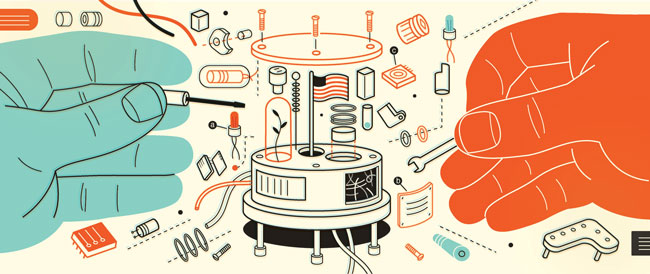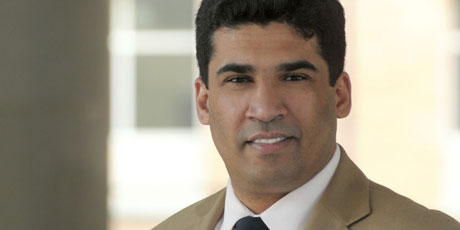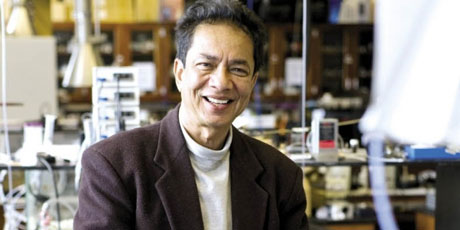Motorists
Engines of Progress
UT Arlington receives Walmart grant to build small motors assembly system, help strengthen U.S. manufacturing

Once a source of American pride, the manufacturing industry took a nosedive between 2000 and 2009, with the loss of 5.8 million factory jobs. That trend has been on the reverse, however, and now UT Arlington is joining the effort to keep the resurgence going. The University recently received a grant from the Walmart Foundation to build a robotic small motors assembly and testing system that would cut manufacturing costs, allowing more goods to be produced in the United States.
Made possible through a collaboration between Walmart, the U.S. Conference of Mayors, and the Walmart Foundation, the Walmart U.S. Manufacturing Innovation Grant is part of $4 million in awards distributed to seven research and development institutions last year. Each grant was designed to fund the creation of new processes, ideas, and jobs to boost America’s growing manufacturing footprint.
Aditya Das, senior research scientist at the UT Arlington Research Institute (UTARI), is leading the University’s efforts. He says UTARI has been conducting pioneering research in automated product miniaturization and system integration for more than a decade.
“We can leverage all the tools and knowledge we’ve built up during that time and put it to use on this project,” Dr. Das explains. “Walmart is committed to bringing manufacturing to America. We’re doing our part to develop U.S. manufacturing by building a machine that helps produce these small motors.” The motors are found in toys, electric shavers, hair dryers, electronic devices, and a bevy of other consumer goods.
President Vistasp Karbhari believes the grant to support UTARI positions the University as a strong partner for industry with the know-how to propel manufacturing innovation.
“Walmart, the Walmart Foundation, and the U.S. Conference of Mayors clearly recognize that pre-eminent research universities are the places where engineering solutions can best be devised to increase manufacturing efficiency and lower costs,” he says.
“This significant collaboration will bridge the gap between the capabilities of robotic automation and the cost-prohibitive nature of most automation processes.”
Illustration by Harry Campbell

















